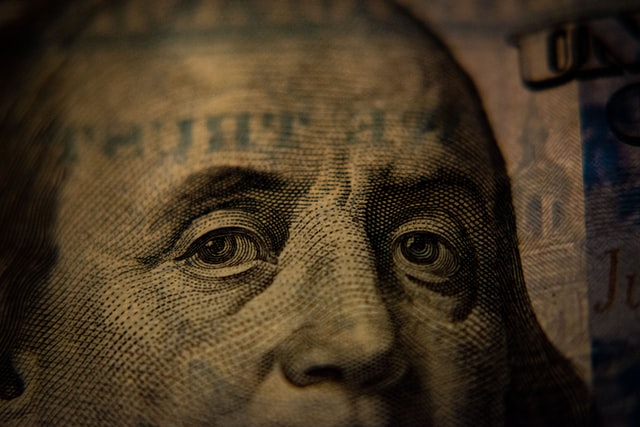Key points
In March, production and sales were under short-term pressure, and the overall situation was stable
According to the data disclosed by the China Automobile Association, 1q22 automobile output increased from - 2.0% year-on-year to 6.484 million vehicles, and from - 9.1% year-on-year / month on month + 23.4% to 2.241 million vehicles in March (passenger vehicle output increased from - 0.1% year-on-year / month on month + 22.4% to 1.881 million vehicles, and commercial vehicle output increased from - 38.0% year-on-year / month on month + 29.2% to 360000 vehicles); 1q22 vehicle sales increased by + 0.2% year-on-year to 6.509 million vehicles, and in March, vehicle sales increased by - 11.7% year-on-year / month on month + 28.4% to 2.234 million vehicles (passenger vehicle wholesale sales increased by - 0.6% year-on-year / month on month + 25.1% to 1.864 million vehicles, and commercial vehicle wholesale sales increased by - 43.5% year-on-year / month on month + 47.7% to 370000 vehicles).
The overall inventory rose, which was improved compared with last year
At the end of March, the inventory of automobile manufacturers increased by 3.7% to 845000 compared with the beginning of the month (the inventory of passenger garages increased by 7.5% to 517000 compared with the beginning of the month, and the inventory of commercial garages increased by - 1.7% to 329000 compared with the beginning of the month). In March, the inventory early warning index of auto dealers increased from + 8.1pct/qoq + 7.5pct to 63.6%, and the comprehensive inventory coefficient of auto dealers increased from + 13.6% / QoQ - 5.4% to 1.75. On the whole, the epidemic in March led to a decline in sales, superposition of replenishment at the end of the quarter, and inventory improvement.
In March, the production and sales of new energy vehicles maintained a year-on-year high-speed growth, and the penetration rate of new energy passenger vehicles reached 24.7%
According to the data disclosed by the China Automobile Association, the production and sales of 1q22 new energy vehicles increased by + 142% / + 139% year-on-year to 1293000 / 1257000, the production of new energy vehicles in March increased by + 114.8% / month on month + 25.4% to 465000, and the sales of new energy vehicles increased by + 114.1% / month on month + 43.9% to 484000 (penetration rate 21.7%). 1) The sales volume of new energy passenger vehicles increased from + 117.0% year-on-year to + 42.3% month on month to 461000 (penetration rate of 24.7%), and the sales volume of pure electric / plug-in hybrid passenger vehicles was about 373000 / 87000 respectively. 2) The sales volume of new energy commercial vehicles increased from + 69.5% year-on-year to + 82.5% month on month to 24000 (the penetration rate was only about 6.5%), and the sales volume of pure electric / plug-in hybrid commercial vehicles was about 22000 / 0900 respectively.
Investment suggestion: we are optimistic about the prospect of continuous release of 2C demand for new energy passenger vehicles. It is expected that vehicle enterprises are still expected to hedge policy fluctuations and rising cost pressure through comprehensive price and equity adjustment, and maintain stability and steadily release new orders. It is expected that short-term mass production / delivery mainly depends on the recovery degree of epidemic situation, supply chain and logistics. We expect the sales volume of Shanxi Guoxin Energy Corporation Limited(600617) passenger cars to be 5-5.5 million in 2022e, and we are optimistic about car companies with strong model cycle (chip supply mitigation, strong sales volume and profit elasticity), continuous increase of new energy penetration / clear and clear promotion path of intelligent electrification. In the passenger car sector, traditional car companies recommend Great Wall Motor Company Limited(601633) , pay attention to Byd Company Limited(002594) , new forces recommend Tesla, and pay attention to the ideal for a long time; Recommended parts Fuyao Glass Industry Group Co.Ltd(600660) .
Risk analysis: the reduction of chip shortage is less than expected; Industry growth and demand are lower than expected; The listing and climbing of new cars are not as expected; Rising prices of raw materials; Repeated outbreaks; Policy and market risks.
